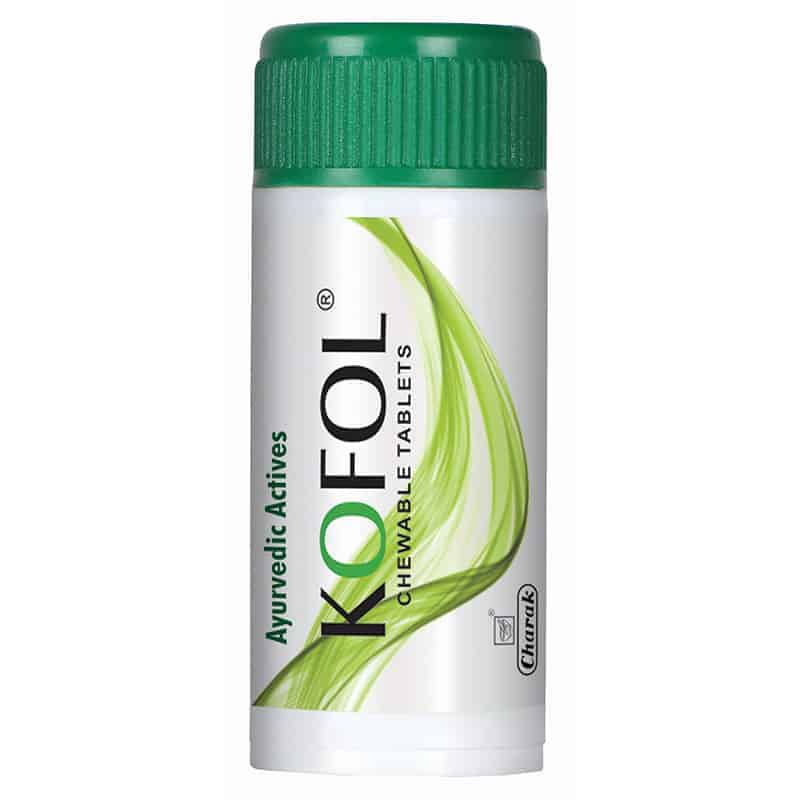INTRODUCTION
आयु:कामयमानेन धर्मार्थसुखसाधनम् |
आयुर्वेदोपदेशेषु विधेयः परमादर:||
अष्टांग हृदय सूत्रस्थान १ / २
In Astanga Hridaya, Vagbhata says – The person who wishes to lead a long healthy life that keeps him competent to achieve the four purusharthas – dharma (Righteousness), artha (Money), kama (desires) and moksha (salvation); should be very vigilant about following the teachings and guidelines of Ayurveda.
FOCUS ON YOUR CLASSICAL TEXTS – Part I
Literature of Ayurveda – Brihatrayi – Charak Samhita
Literature of Ayurveda truly starts from the Vedic era. It’s evolution thereafter, up to the final compilation in the form of Charak Samhita, Sushruta Samhita, etc.
Charak Samhita : Charak belongs to Atreya school of thought and compiled this complete medicine manual of Ayurveda. Agnivesha, who was pupil of Atreya laid foundation of Charak Samhita.
FOCUS ON YOUR CLASSICAL TEXTS – Part II
Literature of Ayurveda – Brihatrayi – Sushruta Samhita and Astanga Hridaya
Sushruta Samhita – Sushruta belongs to Dhanvantari school of thought and is believed to be the Father of Surgery in Ayurveda. Kashiraj Divodas, who is believed to be the second incarnation of Lord Dhanvantari, laid the foundation of Sushruta Samhita.
Ashtang Hridaya – This compilation by Vagbhata contains best of both worlds; medicine mastery of Charak Samhita and surgical skills of Sushruta Samhita.
FOCUS ON YOUR CLASSICAL TEXTS – Part III
Literature of Ayurveda – Laghutrayi (Subordinate trio)
Madhava nidana - It is manual of diagnostics, etiology and prognosis.
Sharangadhara Samhita- It is manual for medicine manufacturing and therapeutics.
Bhavaprakasha - It is Ayurvedic Pharmacopeia and treatment manual.
The compendia after the period of Vagbhata reflect further developments in contemporary fields of science and incorporation of more drugs in therapeutics.
The compendia after the period of Vagbhata reflect further developments in contemporary fields of science and incorporation of more drugs in therapeutics.
















